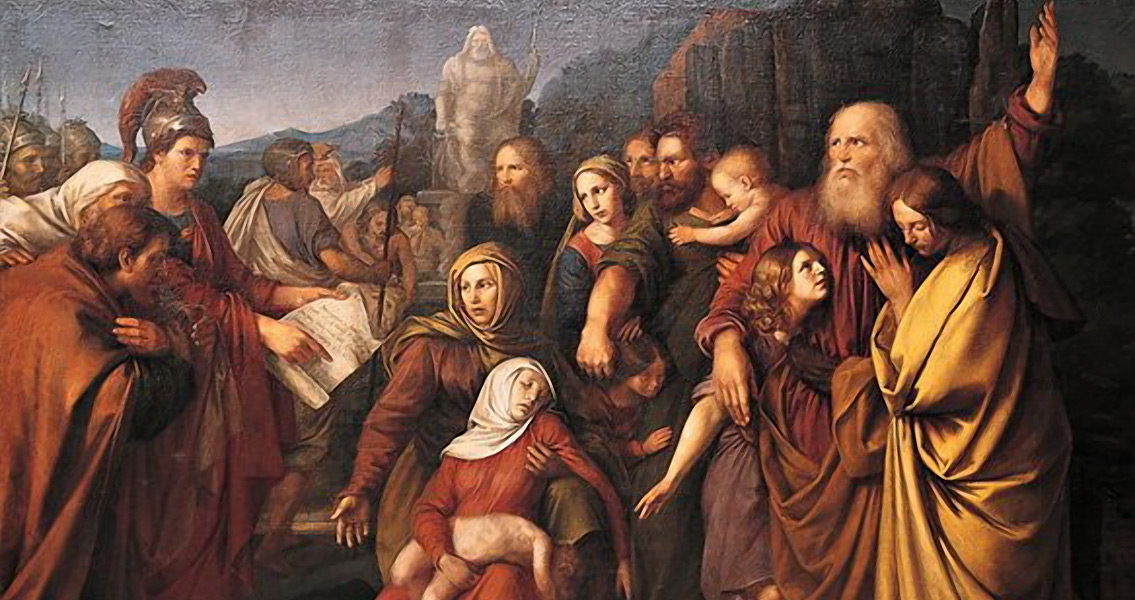<![CDATA[Israeli archaeologists excavating a site near the town of Modi’in, near Jerusalem, believe it may be the Tomb of the Maccabees, a family of orthodox Jewish rebels who led an uprising against the Greek rulers of Judea, overthrew them, and cleared the throne for the Hasmonean dynasty that ruled between 164 BCE and 63 BCE, according to UPI. The Maccabees – the father Mattathias and his five sons – are considered martyrs both by Jews and Christians and their act of rededication of the Second Temple is celebrated on Hanukkah. Their story is told in Jewish and Christian texts as well as in Roman historical records. The search for the Tomb began in the late nineteenth century and there are two other sites that to this day are being honoured by Israelis as the Tomb of the Maccabees although no scientific evidence has ever been found in support of this belief. One of these sites is near a village in the West Bank and was picked as the site of the tomb by a Western explorer in 1888 because the local Arab community called the area “the graves of the Jews,” CTV News writes. The explorer also apparently thought that the name of the village, Midya, sounded very similar to Modi’in, which according to historical texts is the place where the Maccabees were buried. Nowadays, Hanukkah is celebrated at the site and there are road signs saying these are the graves of the Maccabees. Another site, which was named the tomb of Mattathias by the explorer who discovered it, is actually an Arab tomb, a small domed structure that has been marked by a tombstone with Jewish inscriptions claiming it is indeed the burial mound of the elder Maccabee. Religious ceremonies are held there despite a lack of evidence confirming the identity of its occupant. The site that researchers from the Israeli Antiquities Authority are excavating at the moment is also not newly discovered. In fact, it was examined back in the 1880s by a French archaeologist, Charles Clermont-Ganneau. He found a Byzantine Christian cross woven into the pattern of the tomb’s mosaic floor. The site, called Horbat Ha-Gardi, fits historical descriptions of the Tomb of the Maccabees, UPI reports, but Clermont-Ganneau himself rejected this idea, concluding that it was more likely a Christian construction because of the presence of images of the cross. Soon after Clermont-Ganneau made his discovery, the site was abandoned and remained so until just recently. In a statement released by the IAA, the researchers, led by archaeologist Amit Reem, describe the tomb as an imposing stone structure, overlooking the sea and possibly “covered in a kind of pyramids.” Reem and colleagues, however, are cautious when it comes to conclusions, suggesting that the tomb may actually be a monument to the Maccabees that was built near their original burial site at a later time, possibly by the early Christians living in the region. The evidence is still scarce, the team told the media, and a lot of further work will need to be done before any specific conclusions are drawn. ]]>
Tomb of the Maccabees Found, Maybe
